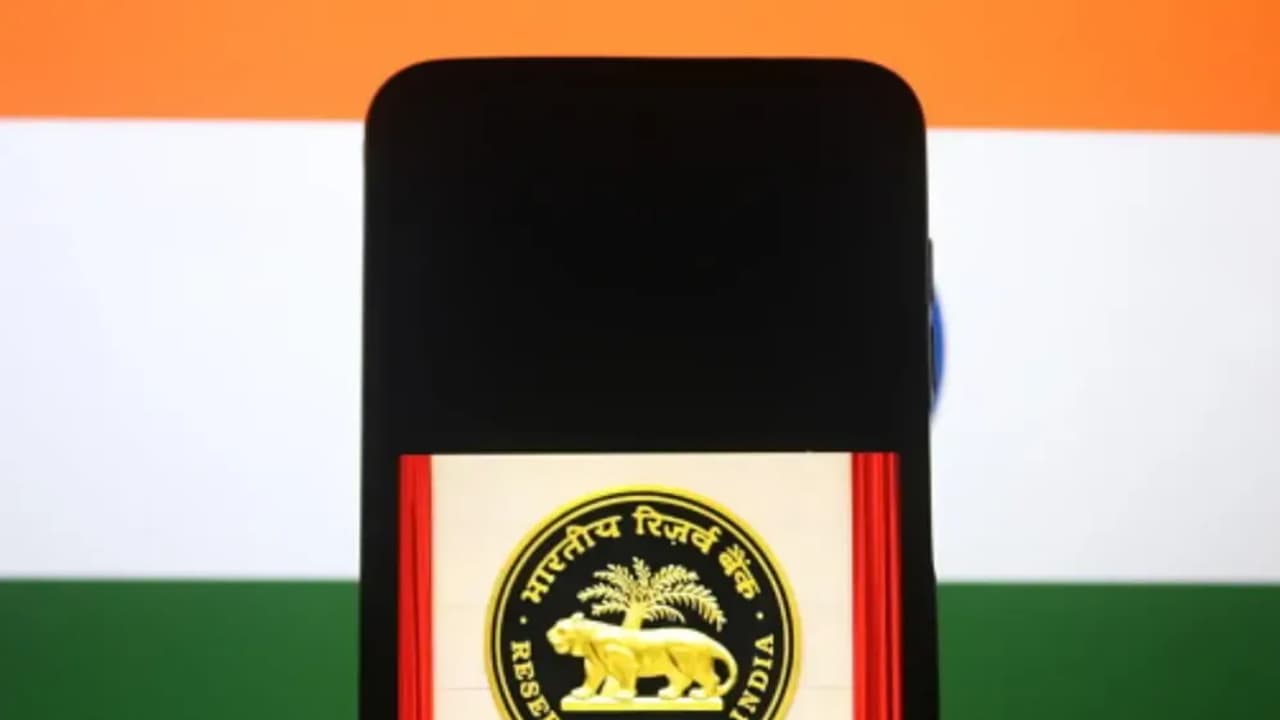The RBI has already cut key interest rates thrice in 2025; the Repo rate has been reduced by a total of 100 basis points.
The Reserve Bank of India (RBI) is set to hold its first Monetary Policy Committee (MPC) meeting of this financial year on Monday, amid escalating global headwinds. The three-day MPC meet, the first of fiscal 2026, will be held to decide on the status of key lending rates.
According to multiple reports, the central bank is expected to hold policy rates steady this week to gauge the potential impact of the steep 25% U.S. tariffs and await more clarity on a possible trade agreement between India and the United States.
Last week, U.S. President Donald Trump announced a 25% tariff on Indian imports to the U.S., citing high duties, restrictive trade barriers against American goods, and India’s close economic ties with Russia. He also warned of a penalty, pointing to India’s continued import of Russian oil and defense equipment.
On June 6, the RBI slashed the repo rate by 0.5% or 50 basis points, marking a third cut in 2025. The repo rate has been reduced by a total of 1% or 100 basis points in 2025, from 6.5% to 5.5%.
Status quo or rate cut?
According to a poll by the Economic Times, 12 of the 16 economists who participated in the survey expect the RBI to hold the rates steady, while the others expect another 25-basis point reduction in the repo rate.
The economists also expect the RBI to maintain its growth forecast at 6.5%, even as the U.S. tariffs could trim off 20 – 40 basis points from overall growth. The central bank may lower its earlier inflation estimate of 3.7% by 30 – 40 basis points.
In the last meeting on June 5, the RBI slashed the repo rate by 50 basis points to 5.5%, while lowering the Cash Reserve Ratio (CRR) by 100 basis points to 3%, in a move aimed at boosting liquidity in the banking system and supporting credit growth. The central bank also changed its policy stance from ‘accommodative’ to ‘neutral’.
The RBI holds these bi-monthly meetings six times a year, where the committee evaluates factors like inflation, liquidity, and broader economic trends to determine its stance on interest rates.
For updates and corrections, email newsroom[at]stocktwits[dot]com<
